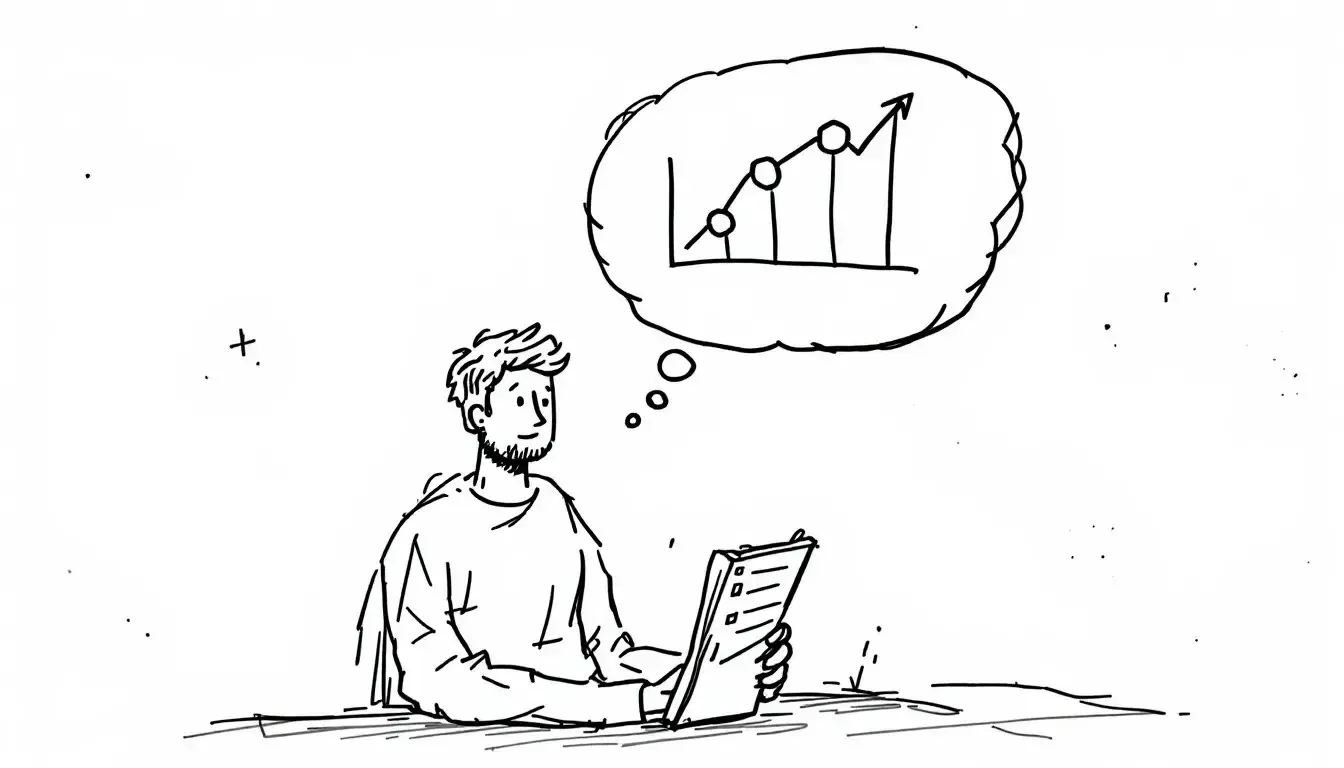When One Person Became a Laboratory

Rea,
The scientific method you’re learning in school isn’t just for classrooms - it might be the key to solving your toughest personal challenges. Sometimes the most useful experiments have one person - you.
Seth Roberts, a psychology professor at UC Berkeley, struggled with terrible sleep problems for years. After trying all the standard advice without success, he turned himself into a laboratory. He kept detailed sleep journals and tested different ideas, changing just one thing at a time.
What he discovered surprised everyone. Watching TV before bed - something sleep experts warn against - actually helped him fall asleep faster. Even more surprising, eating a tablespoon of honey before bedtime dramatically improved his sleep quality. These solutions contradicted standard advice but worked specifically for his body.
This approach has a long history. In the 1700s, Benjamin Franklin created a system to improve himself by focusing on 13 different virtues. He tracked his progress on one virtue each week in a small notebook, marking each day he succeeded or failed. Through this methodical self-experimentation, he discovered patterns that helped him become more productive and disciplined.
Even earlier, in the 1600s, physician Santorio Santorio spent 30 years weighing himself, his food, and his poop daily on a special chair-scale he invented. His self-experimentation led to discoveries about metabolism that changed medical understanding.
Modern examples abound too. Olympic swimmer Michael Phelps discovered through experimentation that he needed 12,000 calories daily - far more than typically recommended. A young girl with severe eczema kept a detailed food journal and found her skin reacted to specific foods that weren’t on any standard allergy list.
The scientific method these people used is simple:
- Observe: Notice patterns in your problem
- Question: Wonder what might happen if you change something
- Test: Try one change at a time and record results
- Analyze: Look for patterns in your results
- Adjust: Make changes based on what you learn
- Repeat: Keep refining until you find what works
This approach transforms frustrating problems into interesting puzzles. Instead of feeling stuck with general advice that doesn’t work for you, you become a scientist uncovering your own personal solutions.
This is where school and life connect. The scientific method isn’t just something to memorize for a test - it’s a powerful tool for solving real problems. Education isn’t separate from life; it gives you the tools to navigate life’s challenges.
Love, Abba
P.S. Try starting a small experiment notebook where you track observations about what works specifically for you. You might be surprised by what you discover when you become your own scientist!

